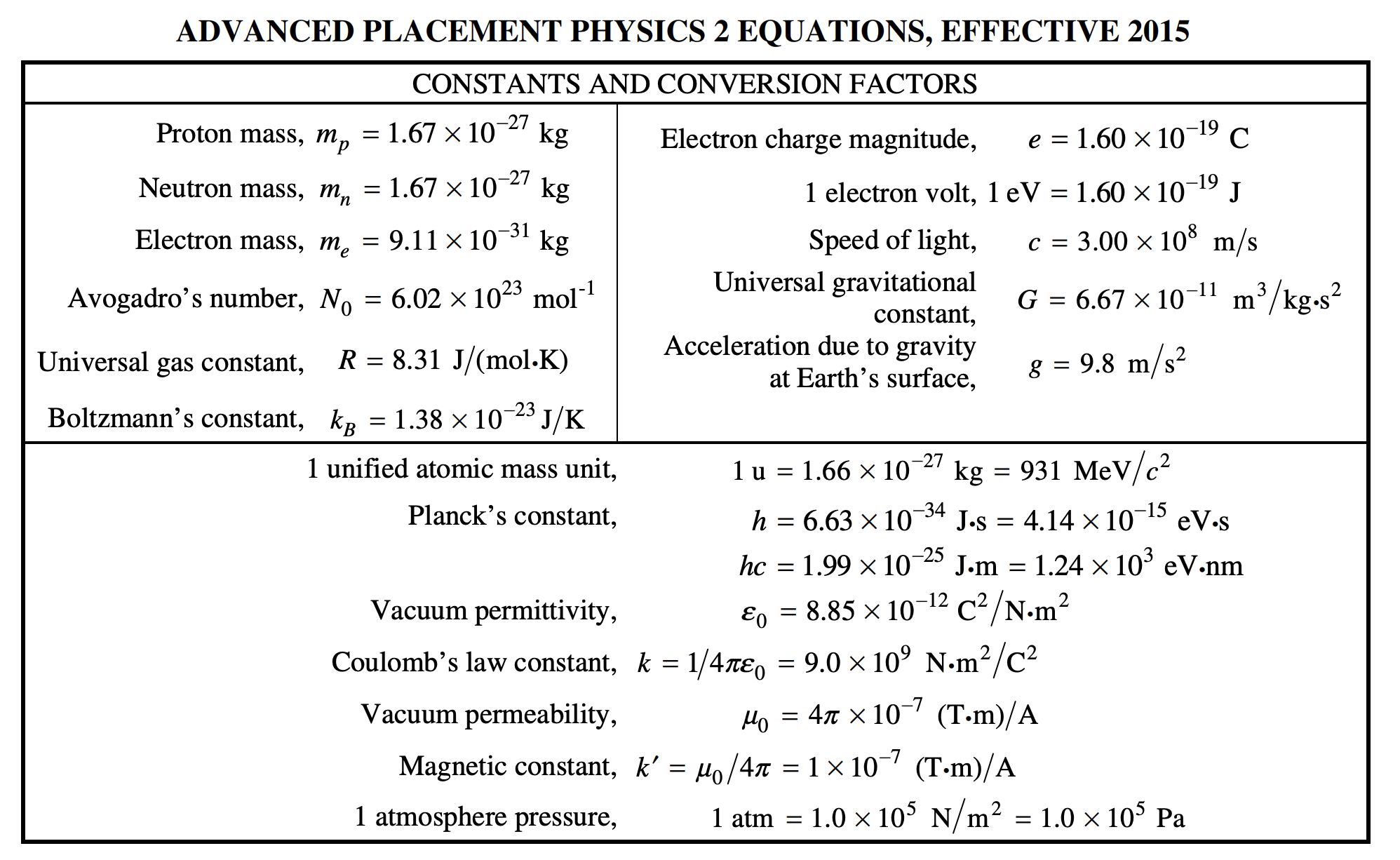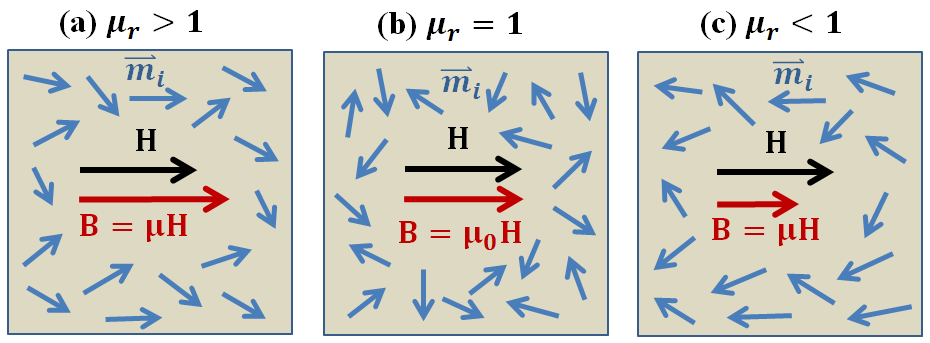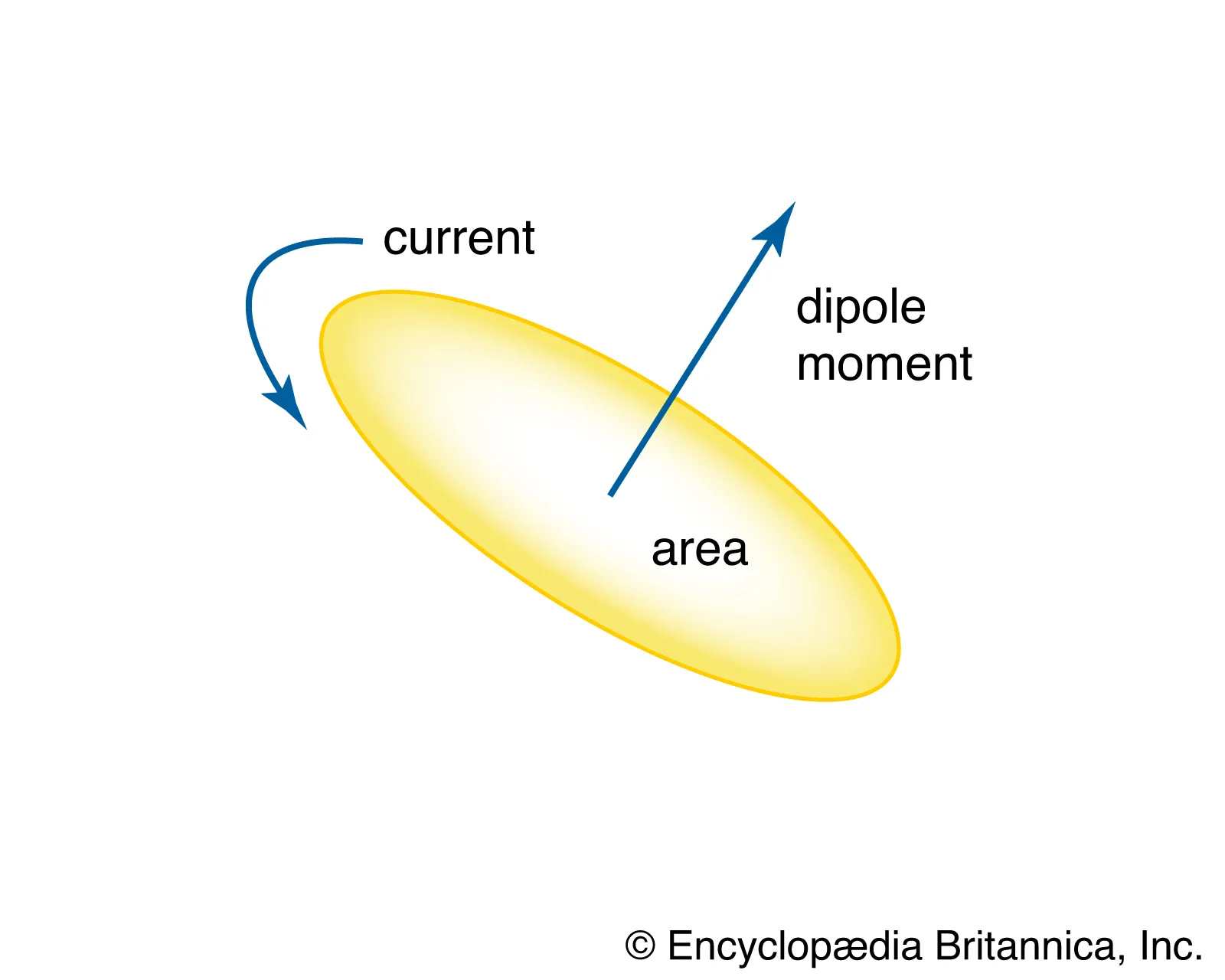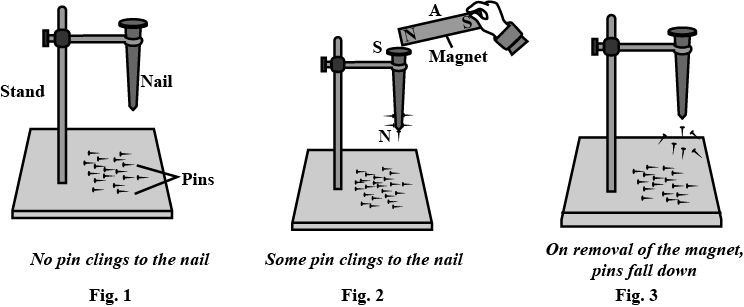5.2 Magnetic Permeability and Magnetic Dipole Moment
3 min read•june 18, 2024
Jed Quiaoit
AP Physics 2 🧲
61 resourcesSee Units
In this section, we’ll focus on two important properties on matter that’ll help us conceptually understand and appreciate the field of magnetism: magnetic permeability and magnetic dipole moment. 👍
Magnetic Permeability
Magnetic permeability describes the extent to which a material can be magnetized. This property is important in understanding the behavior of magnetic fields and their interactions with matter. 🧲
One interesting fact about magnetic permeability is that free space, or the vacuum of space, has a constant value for this property. This value is known as the permeability of free space, and it appears in physical relationships that describe the behavior of magnetic fields in vacuum. It is denoted by the symbol μ0 in problem-solving contexts and equation sheets (see below).

Source; College Board
However, the magnetic permeability of matter is different from that of free space. Every material has its own unique value for this property, which can be affected by a number of factors, such as temperature, pressure, and the presence of external magnetic fields. This means that the permeability of a material can vary depending on the conditions under which it is measured.

Source: EM GeoSci
Materials with a high permeability are able to easily magnetize in the presence of a magnetic field, while materials with a low permeability are more resistant to magnetization. In some cases, materials may even exhibit diamagnetic behavior, meaning they have a negative permeability and are actually repelled by magnetic fields.
Magnetic Dipole Moment
Magnetic dipole moment also plays a key role in understanding the behavior of magnetic fields and the interactions of matter with magnetic fields. 🏹

Source: Encyclopedia Britannica
At its most basic level, magnetic dipole moment refers to the property of a material that gives rise to a magnetic field when the material is subjected to an external magnetic field. This property is an intrinsic property of some fundamental particles, such as the electron, and it is also a fundamental source of magnetic behavior of matter in general.
Permanent magnetism or induced magnetism of matter is a system property resulting from the alignment of magnetic dipole moments within the system. This means that when a group of magnetic dipoles are aligned in the same direction, they can produce a net magnetic field that is greater than the sum of the individual magnetic fields.

Source: Wikimedia Commons
The strength of a material's magnetic dipole moment depends on a variety of factors, including its composition, temperature, and magnetic history. In some cases, materials may exhibit ferromagnetic behavior, which means that they have a permanent magnetic moment even in the absence of an external magnetic field. This is due to the alignment of magnetic dipoles within the material. 🌡️
In other cases, materials may exhibit paramagnetic or diamagnetic behavior, which means that they only exhibit magnetism in the presence of an external magnetic field. In these cases, the alignment of magnetic dipoles within the material is temporary and disappears once the external magnetic field is removed.
Browse Study Guides By Unit
💧Unit 1 – Fluids
🔥Unit 2 – Thermodynamics
⚡️Unit 3 – Electric Force, Field, & Potential
💡Unit 4 – Electric Circuits
🧲Unit 5 – Magnetism & Electromagnetic Induction
🔍Unit 6 – Geometric & Physical Optics
⚛️Unit 7 – Quantum, Atomic, & Nuclear Physics
📆Big Reviews: Finals & Exam Prep
📚Study Tools

Fiveable
Resources
© 2025 Fiveable Inc. All rights reserved.